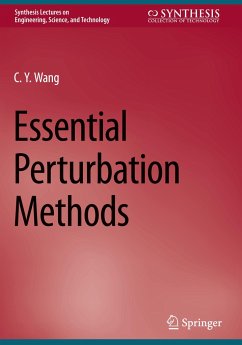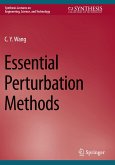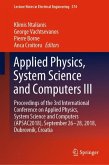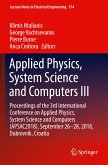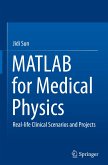This book presents the modeling and scaling of physical problems, which result in normalized perturbation equations. This is followed by solving perturbation problems and evaluating the results. The author refines perturbation methods into simple, understandable elements and avoids unnecessary theorems and proofs. In addition, the results are consolidated and interpreted, and the presented examples are succinct to illustrate the essential techniques. This book is ideal and beneficial for practicing scientists and engineers who need to understand and apply perturbation methods to difficult problems with applications in mathematics, engineering, and biology. Discussions on new perspectives, simpler presentations on convergence, and the expansion of integrals are included.
"This textbook can be used by undergraduate and graduate students and can also serve as a comprehensive guide for those seeking an understanding of perturbation techniques and their practical applications. ... The author's pedagogical approach, marked by clarity, coherence, and a student-centered perspective, makes this textbook reader friendly and accessible. References to classical texts at the end of each chapter enhance the educational experience, facilitate continuous learning and support students in further exploration of the subject matter." (Svitlana P. Rogovchenko, Mathematical Reviews, May, 2024)

